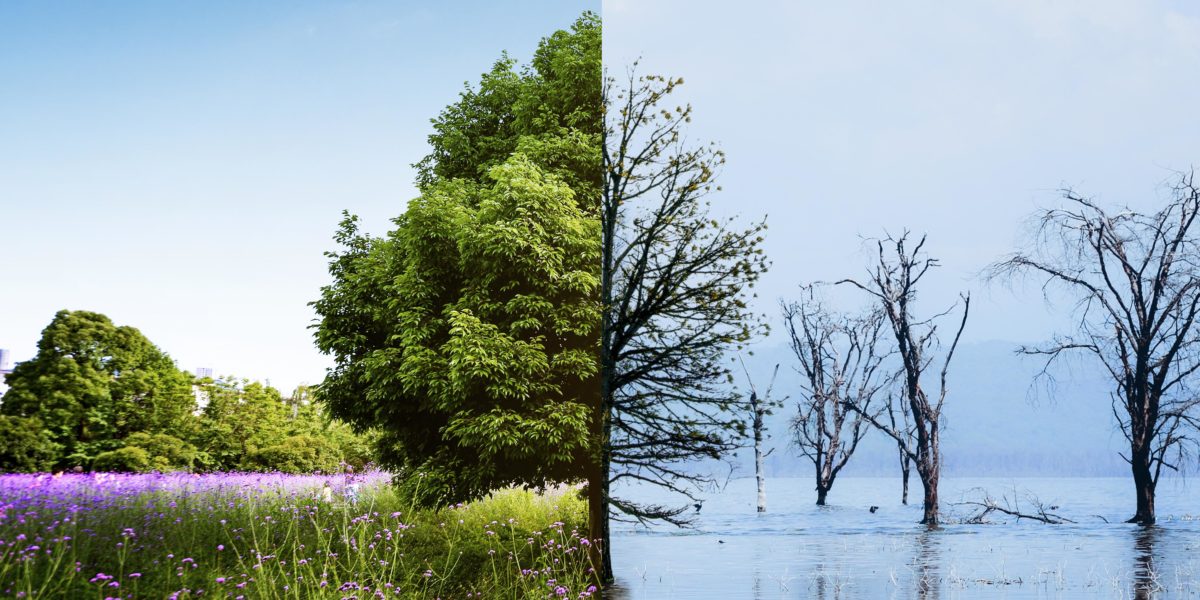The sea around Malta is not only a source of beauty, but also an ecosystem strongly influenced by the climate. Malta enjoys a Mediterranean climate, which means it is dry and warm in the summer, and rainy and mild in the winter. The marine life experiences significant changes with the seasons, and activities on the water also undergo various transformations throughout the year.
Summer in Malta
Summer in Malta brings delightful warmth, with temperatures ranging from 25 to 35 degrees Celsius, and naturally, the sea also changes! The water becomes warm, making it ideal for divers, as well as for algae and plankton. These microorganisms impact the food chain in the sea, benefiting creatures like krill and small fish. Sport fishermen reap the rewards of this change, as it leads to an increase in fish populations.
On the surface, summer is the perfect time to be out on the water. Boat tours entertain both tourists and locals, with numerous boats coming and going from the bays and the Blue Lagoon. Gozo also enjoys the summer, as the waters around the island are less crowded with boats, making it a more peaceful setting for a lovely day out on the sea.
Autumn in Malta
As autumn arrives, the weather cools down, and the sea temperatures drop as well. Fish, such as sea bass and octopuses, migrate to warmer waters. They often come closer to the shores of the islands or migrate elsewhere. This migration affects biodiversity and is of concern for the local fishing industry, which does not welcome this change.
However, the weather remains pleasant on the water. It’s no longer excessively hot, yet the sea is still inviting for swimming. Tourism continues to thrive, as the temperatures during these months are quite favourable, allowing visitors to easily take a dip in the bays surrounding the islands during a beautiful Malta tour.
Winter in Malta
In winter, temperatures can drop to around 9 degrees Celsius, presenting a real challenge for marine organisms. Fortunately, Malta does not experience harsh winters, and sea turtles remain active during this time—an impressive sight to behold. Some fish species breed in the autumn and ultimately adapt into new varieties that can thrive in cooler temperatures.
Additionally, winter brings rougher weather conditions, with strong winds and storms that can affect water quality. These conditions also impact shipping, which can disrupt local fishing activities and tourism, as boat tours around Malta & Gozo may be cancelled.
Spring in Malta
In spring, up until May, temperatures both in the air and in the water begin to rise, signalling the start of renewal. The sea becomes a food source for fish again, much to the delight of divers, as fish populations return. However, the sea can still be relatively cold, which may surprise tourists. While it may feel warm in the sun on your boat, the water might still be chilly, leading to an unexpected shock upon entry.
The beautiful Blue Lagoon may look paradise-like, but taking a dip can result in a cold plunge. The seawater takes longer to warm up compared to the air temperature during this time.
Overall, the cyclical changes in climate and seasons profoundly impact both the sea and marine life around Malta, creating a vibrant and dynamic environment for both locals and visitors.

